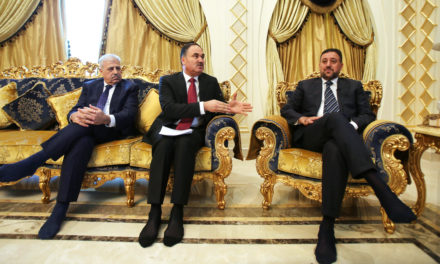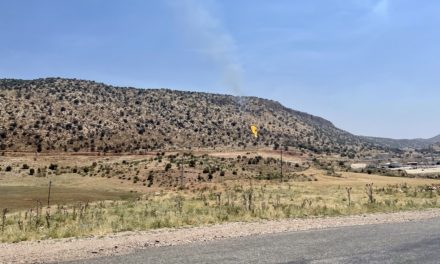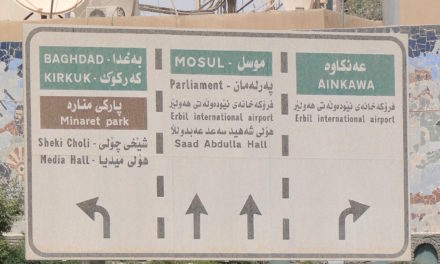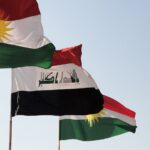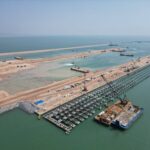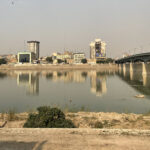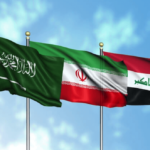It does not have to be this way. Iraq’s chronic electricity shortages should not be this bad. The country has allocated around $20 billion to capital investments in the sector since 2012, increasing generating capacity by 13 gigawatts (GW) in the process. And yet the gap between the electricity supplied and what is needed continues to grow, resulting in poorer service provision and a rising cacophony of legitimate public anger.
Why is Iraq’s electricity sector underperforming? What can be done to remedy the most immediate shortages? And what can be done to give Iraq the electricity sector the country needs and its people deserve?
Examining how much of the 13 GW of new capacity actually produces electricity that can reach consumers illustrates the multifaceted problems across the electricity sector. Only 8 GW counts as “effective capacity”, with the remaining 5 GW are lost due to a decline in plant efficiency because the fuels used are not up to specification and because of poor plant maintenance. Of the 8 GW that is produced, only 4 GW actually reaches the consumer, as a further 40-50% of what is produced is forgone to technical losses in the transmission and distribution network. This is among the highest rate of losses in the world, and translates to around 40 terawatt-hours (TWh) of electricity that is produced but is subsequently lost while in transit to the consumer. If these losses were reduced to levels approaching the regional average, Iraq’s total electricity supply could reach 125 TWh, which would be sufficient to meet nearly all electricity demand across the country.
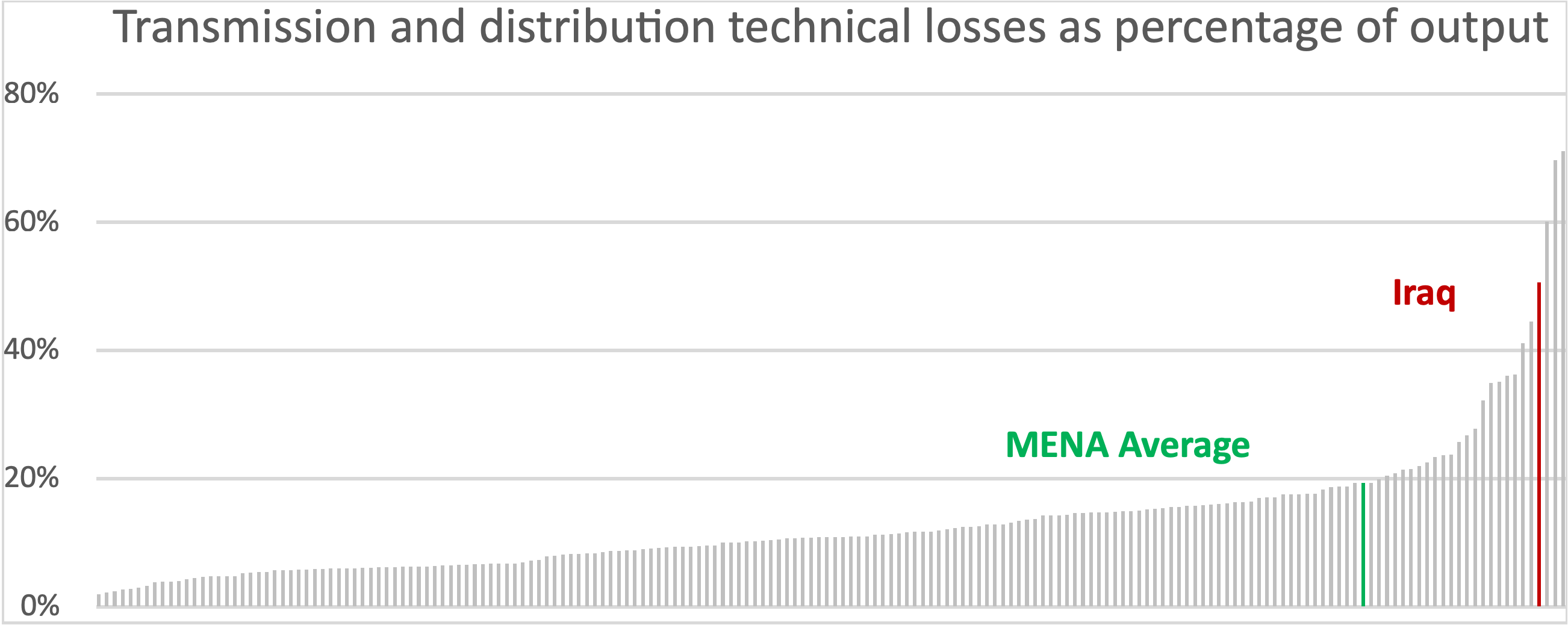
Source: World Bank
Meanwhile, demand is increasing at a rate of 7-10% per year, as the population grows by one million people each year and the requirement for cooling in the summer months continues to grow, unabated. With this in mind, it is clear that any long-term policy that concentrates solely on adding more plants to the network will not be sufficient to remedy the issue – it simply is not possible to increase capacity at a rate that can outpace growing demand while at the same time compensating for the losses in the transmission network.
What this means is that if decisions are not taken immediately, the situation will get worse, fast. Iraq does not have the luxury of time. The poor state of electricity provision is as serious a threat to Iraq’s stability as the economic security crises. Already this past week, three people protesting the poor electricity service have been killed – and it is unreasonable to expect tempers to cool without even marginal improvement in the service provision.
So what can be done? What options are there to squeeze every last electron from Iraq’s available generators to bring maximum supply at a time of sweltering heat? Unfortunately, there are not many options here, but a number of measures can be taken to add around 4-6 GW of additional capacity if decisions are implemented immediately:
- Direct government-owned generators to supply electricity to the grid. Around 1.7 GW of private generation capacity is owned by government entities. At a time of lockdowns and social distancing, when many Iraqis are not going to their offices, feeding this generation to the grid could help alleviate strains in Baghdad in relatively short order. This was a measure taken by the previous government during the 2019 summer peak.
- Ensure that all available capacity is in operation. Where multi-fuel units are being underutilised due to lack of feedstock, heavy fuel oil should be used as a substitute to maximise output. Although this is not an ideal situation, and causes plants to run at well below their design efficiency levels, it would help alleviate the harshest strains in the peak summer months.
- Contract immediately with electricity service companies that can offer fast dispatch of mobile electricity generators and/or power barges off the coast of Basra. This typically can be fulfilled in the 6 to 8 week period, and while more expensive than large stationary power plants, the speed at which these can be deployed makes them an attractive option for meeting immediate needs. The locational and operational flexibility of mobile units also means that they will be useful for years to come, because they can initially be located where power shortages are most acute, but then moved to address the most pressing issues, not only in terms of shortage, but also potentially alleviating points of grid congestion.
- Conduct an immediate audit of electricity consumption at loss-making state-owned enterprises, as well as at oil-field operations, directing any spare capacity to the grid. International oil companies with operations in the southern fields typically have dedicated power plants to meet their own requirements, including a 380 megawatts (MW) plant at Zubair and 150 MW of capacity at Rumaila. Operators at both fields have in the past routed produced electricity to the Basra Oil Company or to the grid to contribute to overall produced electricity. This is good practice in the summer season, and could be encouraged by other industries with their own generating capacity.
These measures are not necessarily fit for the long-term. However, if Iraq pressures companies to provide their private production to the grid, then it could come at the expense of the industrial activity (and in the case of oil companies, production expansion) that is crucial to the overall economic recovery. Going into the cooler months, when demand moderates and the shortages become less pronounced, the Government of Iraq will need to focus as a matter of priority on the types of measures that would lead to a more modern and dependable electricity system going forward.
First and foremost, identifying the weakest parts of the grid and fast-tracking rehabilitation work in these areas to try to bring down technical loss rates should be prioritised. But not all the solutions are on the supply side. The Government needs to take into account measures to keep demand growth in check if it is to stand any chance of closing the gap between peak demand and available supply.
Cooling demand is already a key driver of peak electricity demand, and as population increases and incomes rise, it will be the main driver of growth for years to come. Ensuring that high-efficiency units meet new demands would have a significant impact on peak demand growth. Subsidising the most efficient equipment would be a prudent and cost-effective means of supporting the reliable electricity supply.
Providing consumers with the price signals to use electricity more efficiently offers another avenue towards improving the situation in the power sector. For grid supply, expanding the tiered tariff system would serve to provide a strong incentive to moderate household consumption. The government could also introduce schemes to financially reward energy efficiency measures like installing thermal insulation, which studies in Iraq have shown can reduce a buildings energy consumption by up to 90%.
None of these measures are revolutionary or inherently difficult to implement, even in the Iraqi context. They require unremitting focus and a prioritisation of investment in areas that have so far been neglected – in transmission and distribution, and in efficiency measures to cap demand growth. Addressing these most immediate issues can put Iraq’s electricity sector on a more secure footing, giving policymakers the space and time to plan for the next phase of rehabilitation and improvement – making Iraq’s electricity more affordable and more sustainable. But this is an issue for another post.

Ali Al-Saffar
Ali Al-Saffar is the Middle East and North Africa Programme Manager at the International Energy Agency. He is the lead author of the IEA’s most recent study on Iraq, published in 2019.


